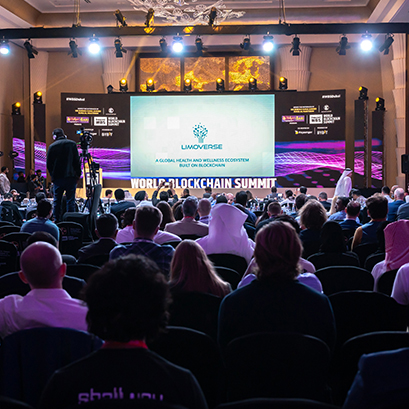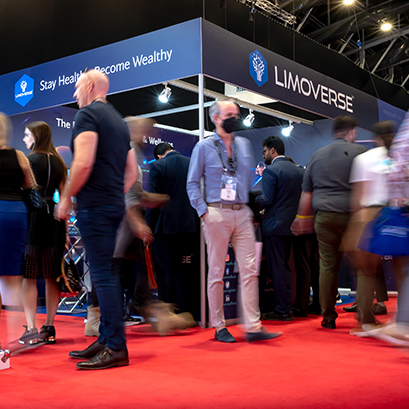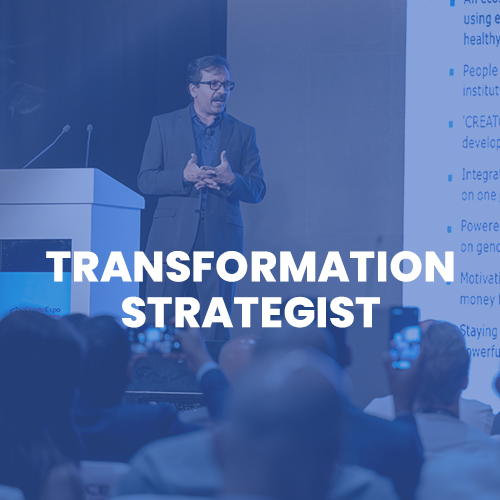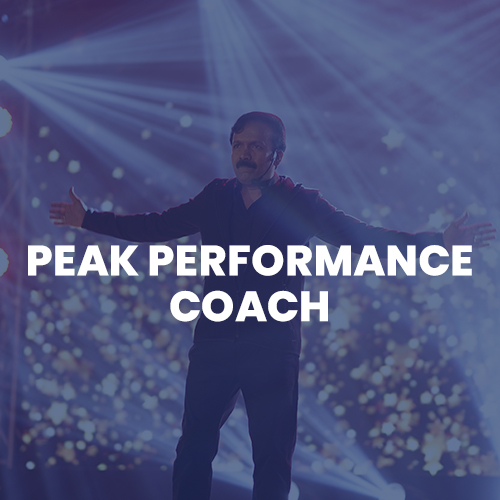Anyone who has taken dogs along for their walks or runs, knows this. There are always ready-to-run dogs like labs and never-happy-to-run breeds like pugs. But both are adorable, and we take them as their breed’s speciality or in other words, their genetic trait.
But when it comes to humans, we are not that kind. Those who exercise regularly are regarded as hardworking, ambitious and healthy, whereas those who struggle to stick with any serious exercise regimen are regarded as lazy, uninspired and unhealthy.
Scientists however know better, and have already identified some human genes that make some people more ready to exercise regularly, especially exercises of the moderate to strenuous kind like running or high intensity interval training (HIIT).
Apart from genetics, there are also physical and metabolic limitations that make many people shun even moderate intensity exercises like brisk walking or jogging. Typical situations are obesity, uncontrolled diabetes or hypertension, cardiac issues etc that make even such moderate exercises challenging.
This is why it doesn’t make any sense to prescribe generic exercise regimens to anyone. In Vieroots’ Human Performance Optimization (HPO) programs, we therefore take a truly personalized approach based on each client’s genetic, metabolic & physical makeup when suggesting exercise regimens to them.
And the science behind such personalization is getting better and better. Recently, researchers from UK’s Exeter University did a study on a group of men and women who ran for 30 minutes, three times a week, all the while analyzing their VO2 Max, a common marker for cardiorespiratory fitness, as well as 3000 different genes in each of them, to understand whether there is any correlation.
The study found that while the average expected improvement in VO2 Max was around 10% over 8 weeks for such a regimen, there was a wide variation in the study subjects with some improving their VO2 Max by as much as 20%, and some making only 5% improvement and some others making no improvement at all.
And their genetic analysis threw up some interesting insights. Those who performed best with 20% improvement in VO2 Max, all had 19 specific fitness related genes, whereas those who performed poorly had only one or two of these subset of genes.
Among these 19 identified genes are well-known ones like MAOA gene often called the warrior gene, and the ACTN3 gene often dubbed as the speed gene. How these genes work together to make exercise easy and effective is most remarkable.
The warrior gene MAOA is linked with risk taking, aggression and high activity levels which gives a person carrying that gene the tireless motivation to run or lift heavy weights. The speed gene ACTN3 on the other hand helps an abundance of fast twitch fibers in the skeletal muscles which makes running fast and weightlifting a breeze.
So, what if you are not blessed with these two genes? You can still exercise effectively, but maybe your regimen needs a different set of activities. For example, those who don’t have the speed gene ACTN3, can still opt for exercises that use an abundance of the slow twitch or endurance fibers in the skeletal muscles that are used in long distance walking and cycling as well as in yoga, pilates, tai chi etc.
Such adaptability is very important as the study also found that only around 31% of the people have all these 19 athletic genes. Legend also has it that at least some of yesteryears’ elite sprinters and weightlifters might have won successfully without naturally having an abundance of fast twitch fibers. Science also agrees with it as there is evidence from previous studies that with regular training of the right kind, many people can change some of their slow twitch fibers to fast twitch!
In any case, such genetic and metabolic insights should be used to discover the best exercise regimens suitable to you. Not exercising should never be an option, as just as in the case of animals, those who shun exercise might be the ones who need it the most.
A case in point is the endearing pugs, who behave lazy due to their easily obese nature, structural issues with their hind legs & bottom, or due to some neuro issues peculiar to the breed. Still, pugs’ health suffers the most if they are not taken out for regular walks.
Vieroots HPO programs utilize personalization technologies including genetic & metabolic testing, AI based personalized epigenetic lifestyle modifications, IoT, Big Data & wearables based analytics and AI based face vitals scan that give the most useful health info on you without drawing even a drop of blood.
(Join my free Human Performance Optimization (HPO) webinar at vieroots.com or sajeevnair.com to understand how you can leverage HPO for your health, success and happiness.)


.jpg)










